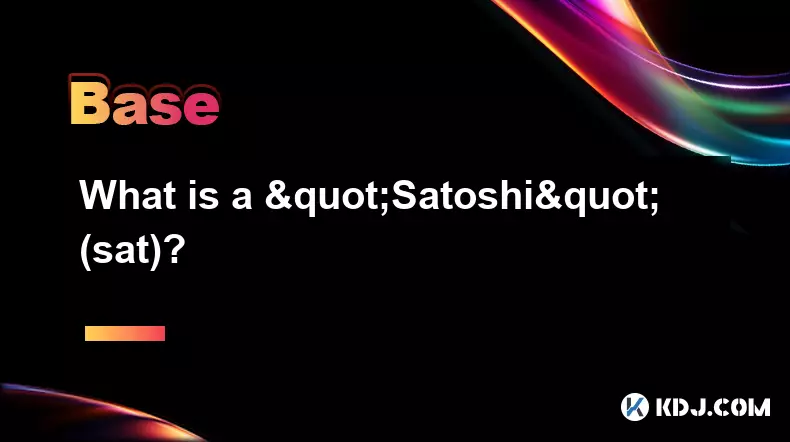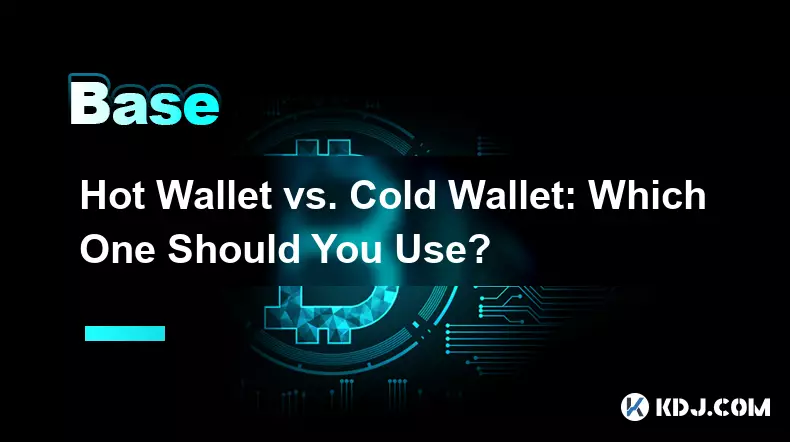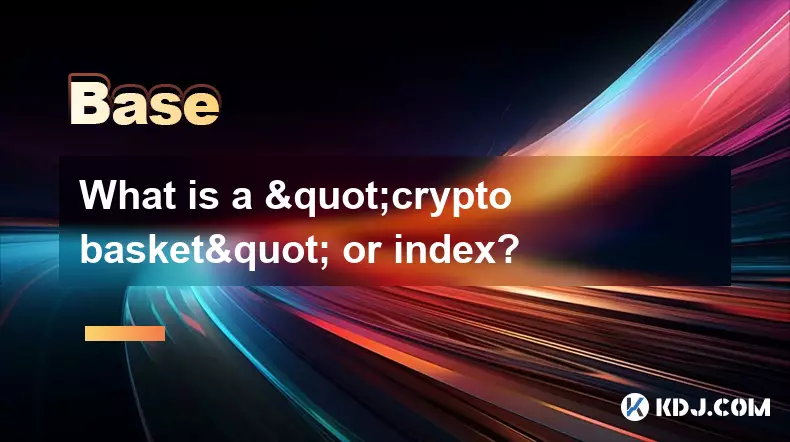-
 Bitcoin
Bitcoin $111400
1.19% -
 Ethereum
Ethereum $4330
1.06% -
 XRP
XRP $2.851
1.74% -
 Tether USDt
Tether USDt $1.000
0.00% -
 BNB
BNB $851.3
0.83% -
 Solana
Solana $205.5
0.99% -
 USDC
USDC $0.0000
0.00% -
 Dogecoin
Dogecoin $0.2167
2.37% -
 TRON
TRON $0.3325
-0.67% -
 Cardano
Cardano $0.8354
3.62% -
 Hyperliquid
Hyperliquid $46.90
5.09% -
 Chainlink
Chainlink $22.43
0.60% -
 Ethena USDe
Ethena USDe $1.001
-0.01% -
 Bitcoin Cash
Bitcoin Cash $613.8
4.60% -
 Sui
Sui $3.400
4.37% -
 Stellar
Stellar $0.3603
2.19% -
 Avalanche
Avalanche $24.45
0.44% -
 Hedera
Hedera $0.2203
3.90% -
 Cronos
Cronos $0.2672
0.45% -
 UNUS SED LEO
UNUS SED LEO $9.533
0.10% -
 Litecoin
Litecoin $113.1
2.80% -
 Toncoin
Toncoin $3.104
0.11% -
 Shiba Inu
Shiba Inu $0.00001246
3.18% -
 Polkadot
Polkadot $3.827
2.06% -
 Uniswap
Uniswap $9.436
2.42% -
 Dai
Dai $0.0000
0.01% -
 Monero
Monero $266.1
-0.66% -
 Ethena
Ethena $0.6788
4.52% -
 Aave
Aave $305.0
-0.98% -
 World Liberty Financial
World Liberty Financial $0.1830
-2.70%
What is a "Satoshi" (sat)?
A Satoshi, the smallest Bitcoin unit (0.00000001 BTC), enables microtransactions, precise tracking, and supports innovations like the Lightning Network and Bitcoin NFTs.
Sep 05, 2025 at 12:36 am

Understanding the Concept of a Satoshi
1. A Satoshi, commonly referred to as a 'sat,' represents the smallest measurable unit of Bitcoin. Named after the pseudonymous creator of Bitcoin, Satoshi Nakamoto, each sat is equivalent to 0.00000001 BTC. This level of granularity allows for precise transactions, even as the value of Bitcoin increases.
2. The existence of Satoshis enables microtransactions within the Bitcoin network. Users can send fractions of a penny's worth of value, which is particularly useful in economies where small-value transfers are common or for tipping content creators online.
3. As Bitcoin’s price has risen over time, the utility of Satoshis has grown. Traders and investors often reference holdings in Satoshis to better visualize accumulation, especially when dealing with amounts less than one full Bitcoin.
4. Wallets and blockchain explorers now frequently support Satoshi-level tracking. This feature allows users to monitor their balances down to the smallest unit, enhancing transparency and control over digital assets.
5. The divisibility of Bitcoin into Satoshis ensures long-term scalability. Even if one Bitcoin reaches a high monetary value, the currency remains functional for everyday purchases through the use of its smallest denomination.
The Role of Satoshis in On-Chain Activity
1. On-chain analytics platforms often measure transaction volumes in Satoshis to capture the full scope of network usage. This includes not only large transfers but also dust transactions and automated smart contract interactions.
2. Miners process transactions denominated in Satoshis, and fees are calculated based on the amount of data used, not the value in Satoshis. However, very small Sat outputs can lead to bloated block space if used excessively.
3. The UTXO (Unspent Transaction Output) model in Bitcoin treats each Satoshi-based output as a distinct record. Managing numerous small UTXOs can affect wallet efficiency and increase future transaction fees due to higher data requirements.
4. Some services now enable users to earn Satoshis through online activities like viewing ads, completing surveys, or engaging on social platforms. These micro-earnings contribute to broader financial inclusion in the crypto space.
5. The Lightning Network, a second-layer solution for Bitcoin, operates primarily with Satoshis. It allows instant, low-cost payments by opening payment channels that settle tiny amounts off-chain before recording the final balance on the main blockchain.
Tracking and Storing Satoshis
1. Modern Bitcoin wallets display balances in both BTC and Satoshis, giving users flexibility in how they view their holdings. Some enthusiasts prefer tracking their wealth in total Satoshis accumulated over time.
2. Certain wallets offer 'Sats stacking' features, encouraging users to save incrementally. This mindset promotes long-term holding behavior, treating each Satoshi as a building block toward larger financial goals.
3. Cold storage solutions, such as hardware wallets, securely store private keys that control Satoshis. The security of these devices ensures that even the smallest units remain protected from theft or loss.
4. Exchange platforms may impose minimum withdrawal limits measured in Satoshis. For example, a user might need at least 10,000 Satoshis to withdraw from an exchange, preventing spam and reducing network congestion.
5. As Bitcoin adoption grows, more tools are emerging to help users manage their Satoshis effectively. Price alerts, denomination converters, and tax calculators now routinely support Satoshi-level precision.
Frequently Asked Questions
How many Satoshis make up one Bitcoin?There are 100,000,000 Satoshis in one Bitcoin. This fixed divisibility is hardcoded into the Bitcoin protocol and cannot be altered without consensus from the entire network.
Can Satoshis be mined individually?No, miners do not mine individual Satoshis. Instead, they validate blocks and are rewarded in Bitcoin, which is then divisible into Satoshis. The current block reward is 6.25 BTC, equivalent to 625,000,000 Satoshis.
Are there any tokens or assets built on top of Satoshis?Yes, projects like Ordinals inscribe data directly onto individual Satoshis, creating what are known as NFTs on the Bitcoin blockchain. Each inscribed sat becomes a unique digital artifact, tracked separately from standard UTXOs.
Do all wallets support Satoshi-level transactions?Most modern Bitcoin wallets support sending and receiving Satoshis. However, some older or simplified wallets may round amounts to higher denominations, potentially limiting functionality for microtransactions.
Disclaimer:info@kdj.com
The information provided is not trading advice. kdj.com does not assume any responsibility for any investments made based on the information provided in this article. Cryptocurrencies are highly volatile and it is highly recommended that you invest with caution after thorough research!
If you believe that the content used on this website infringes your copyright, please contact us immediately (info@kdj.com) and we will delete it promptly.
- Solana's Tug-of-War: Bulls vs. Sellers – Who's Winning?
- 2025-09-06 02:45:16
- Crypto Tokens, SEC Regulation, and Market Explosion: Navigating the Web3 Revolution
- 2025-09-06 02:45:16
- Crypto Coins in 2025: Spotting the Next Big Investment
- 2025-09-06 03:05:15
- Altcoins: Profit Potential or High-Risk Gamble?
- 2025-09-06 03:05:15
- Ethereum Price, PEPE Coin, and Layer 2s: What's the Hype?
- 2025-09-06 03:16:35
- Web3 Ghostwriter Fly You Fools Soars: From Berlin Hackathon to Entrepreneur Awards
- 2025-09-06 02:30:13
Related knowledge

Hot Wallet vs. Cold Wallet: Which One Should You Use?
Sep 05,2025 at 06:19pm
Understanding Hot Wallets in the Cryptocurrency Ecosystem1. A hot wallet is a digital cryptocurrency wallet that remains connected to the internet at ...

What is "backtesting" a crypto trading strategy?
Sep 03,2025 at 10:55am
Understanding Backtesting in Crypto TradingBacktesting is the process of evaluating a trading strategy by applying it to historical market data. Trade...

What is a "crypto trading bot" and do they work?
Sep 02,2025 at 04:19pm
Understanding Crypto Trading Bots1. A crypto trading bot is a software application designed to automate the process of buying and selling cryptocurren...

What is a "copy trading" platform?
Sep 02,2025 at 07:00pm
Understanding Copy Trading in the Cryptocurrency Space1. A copy trading platform allows users to automatically replicate the trades of experienced inv...

What is "social trading" for crypto?
Sep 03,2025 at 09:00pm
Understanding Social Trading in the Cryptocurrency Space1. Social trading refers to a method where investors observe, follow, and automatically replic...

What is a "crypto basket" or index?
Sep 03,2025 at 07:01am
Understanding Crypto Baskets and Their Role in Digital Asset Investment1. A crypto basket refers to a curated collection of multiple cryptocurrencies ...

Hot Wallet vs. Cold Wallet: Which One Should You Use?
Sep 05,2025 at 06:19pm
Understanding Hot Wallets in the Cryptocurrency Ecosystem1. A hot wallet is a digital cryptocurrency wallet that remains connected to the internet at ...

What is "backtesting" a crypto trading strategy?
Sep 03,2025 at 10:55am
Understanding Backtesting in Crypto TradingBacktesting is the process of evaluating a trading strategy by applying it to historical market data. Trade...

What is a "crypto trading bot" and do they work?
Sep 02,2025 at 04:19pm
Understanding Crypto Trading Bots1. A crypto trading bot is a software application designed to automate the process of buying and selling cryptocurren...

What is a "copy trading" platform?
Sep 02,2025 at 07:00pm
Understanding Copy Trading in the Cryptocurrency Space1. A copy trading platform allows users to automatically replicate the trades of experienced inv...

What is "social trading" for crypto?
Sep 03,2025 at 09:00pm
Understanding Social Trading in the Cryptocurrency Space1. Social trading refers to a method where investors observe, follow, and automatically replic...

What is a "crypto basket" or index?
Sep 03,2025 at 07:01am
Understanding Crypto Baskets and Their Role in Digital Asset Investment1. A crypto basket refers to a curated collection of multiple cryptocurrencies ...
See all articles

























































































